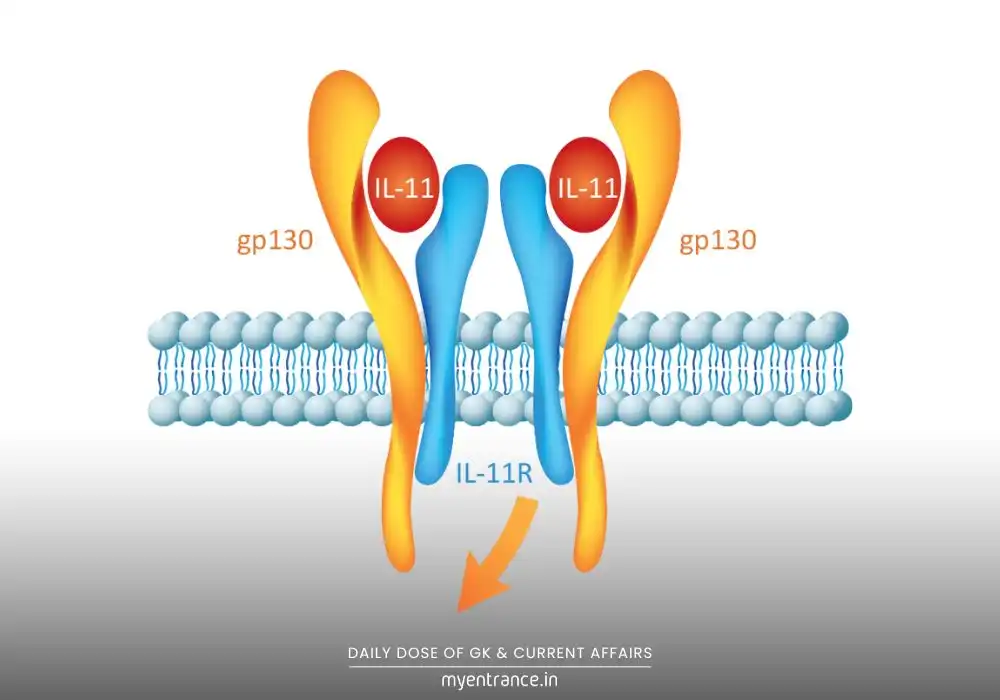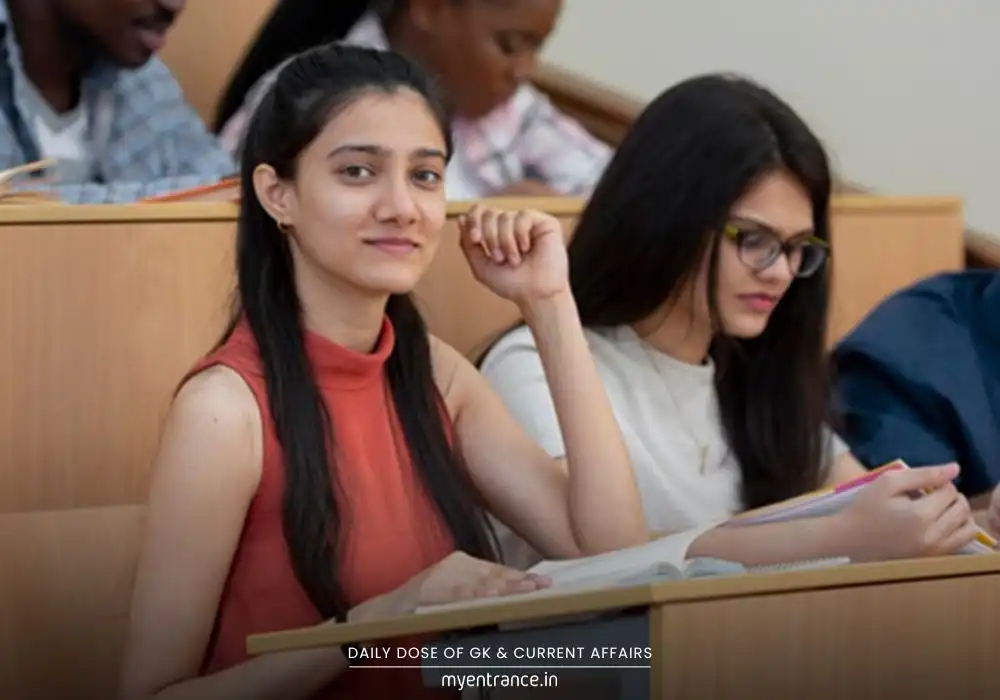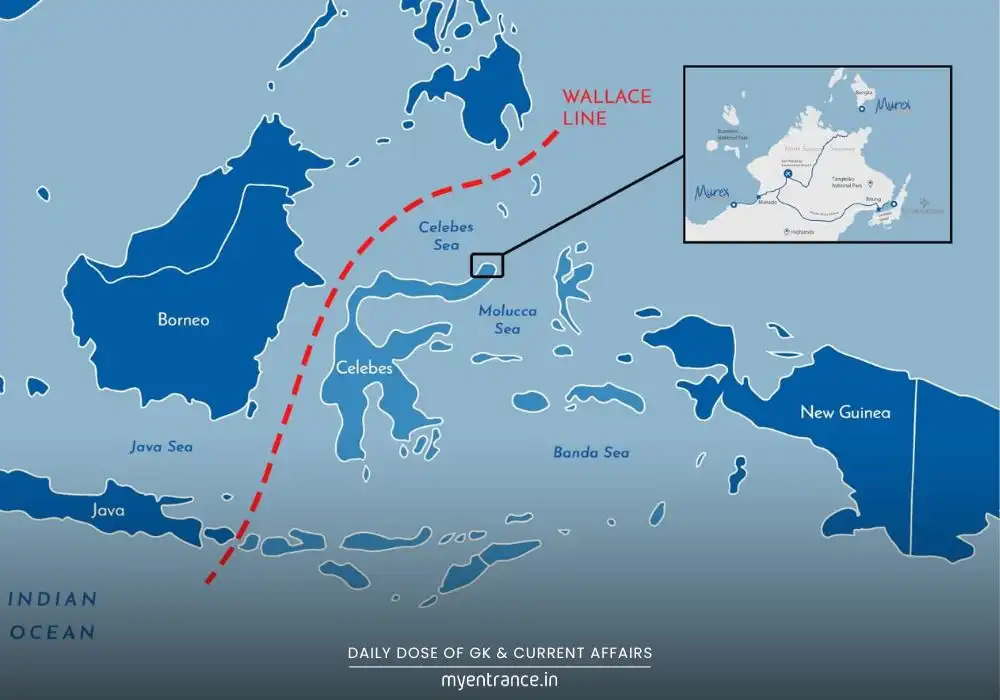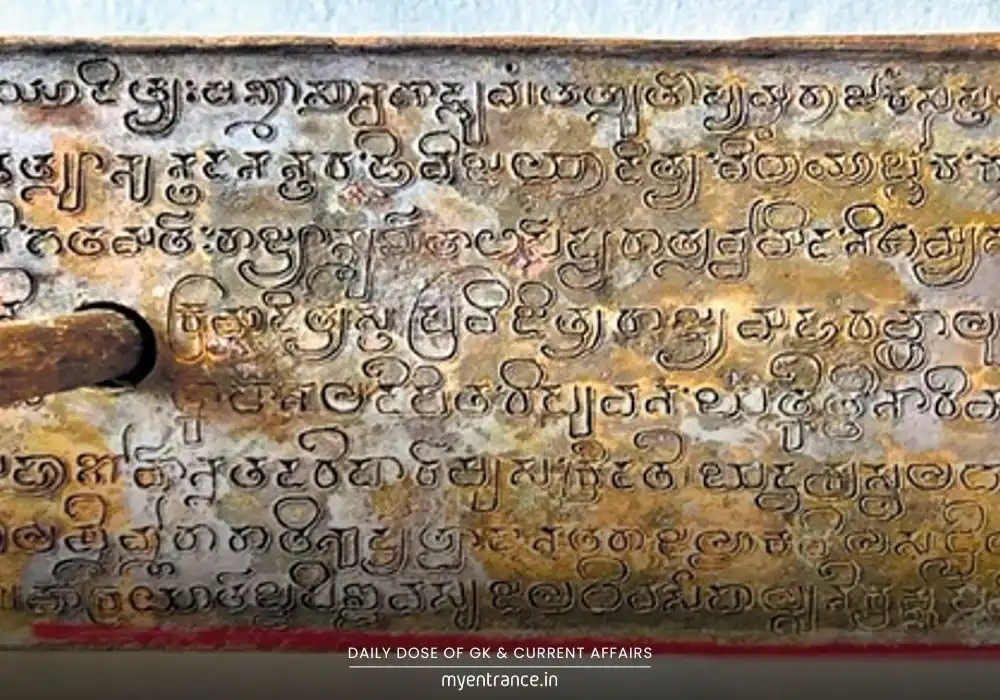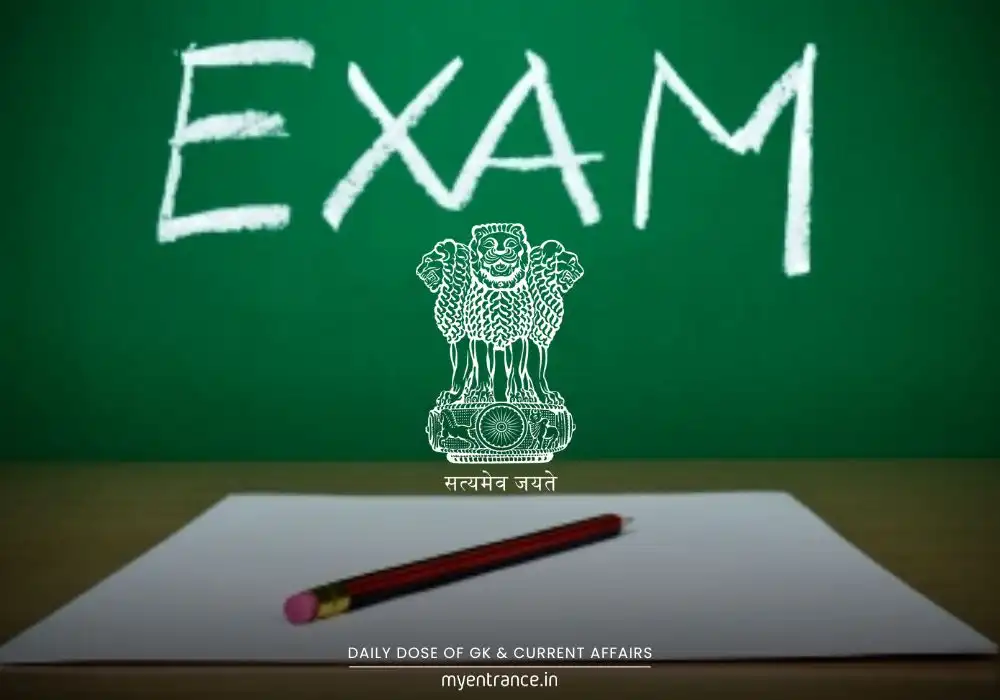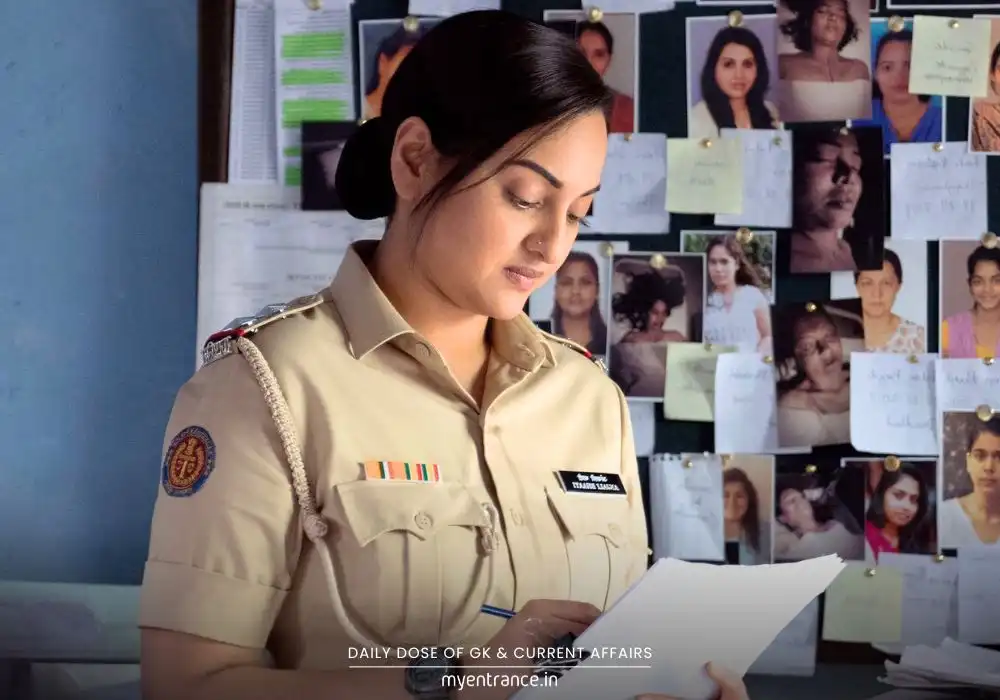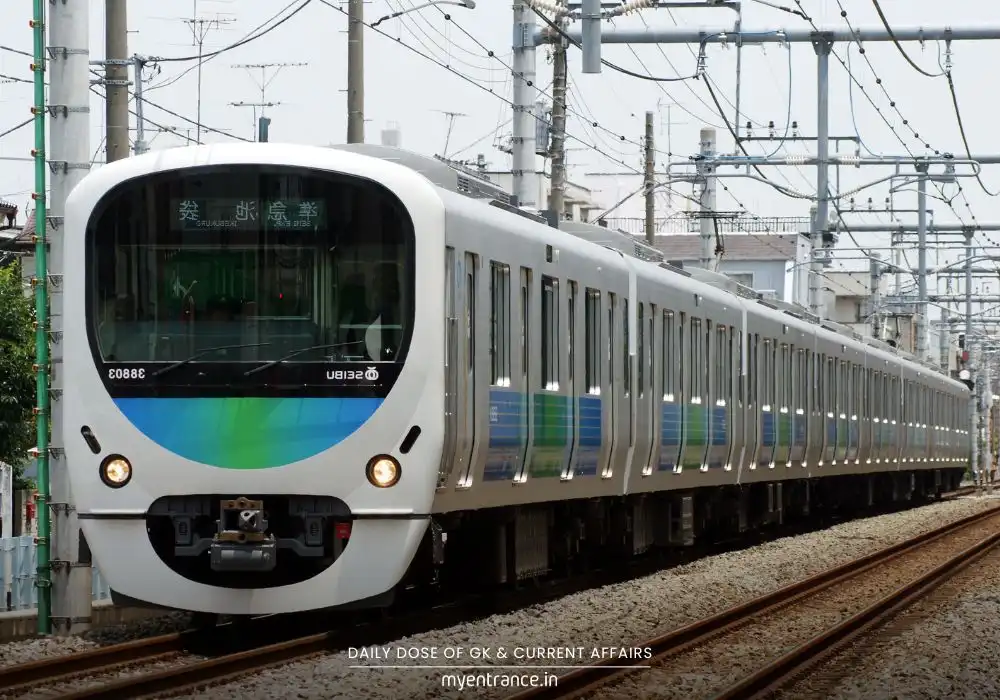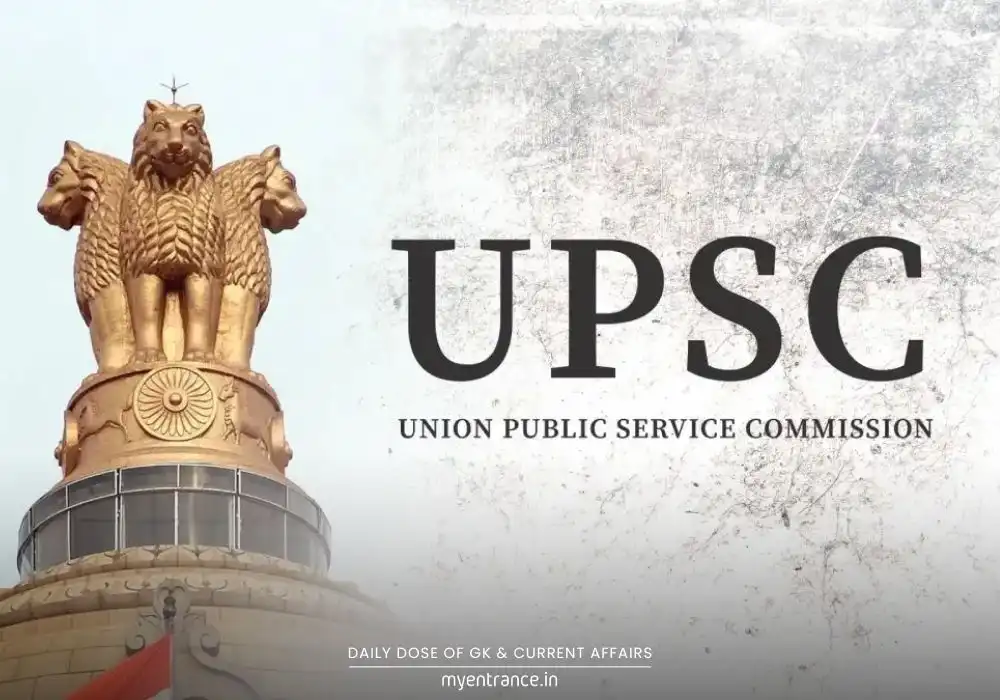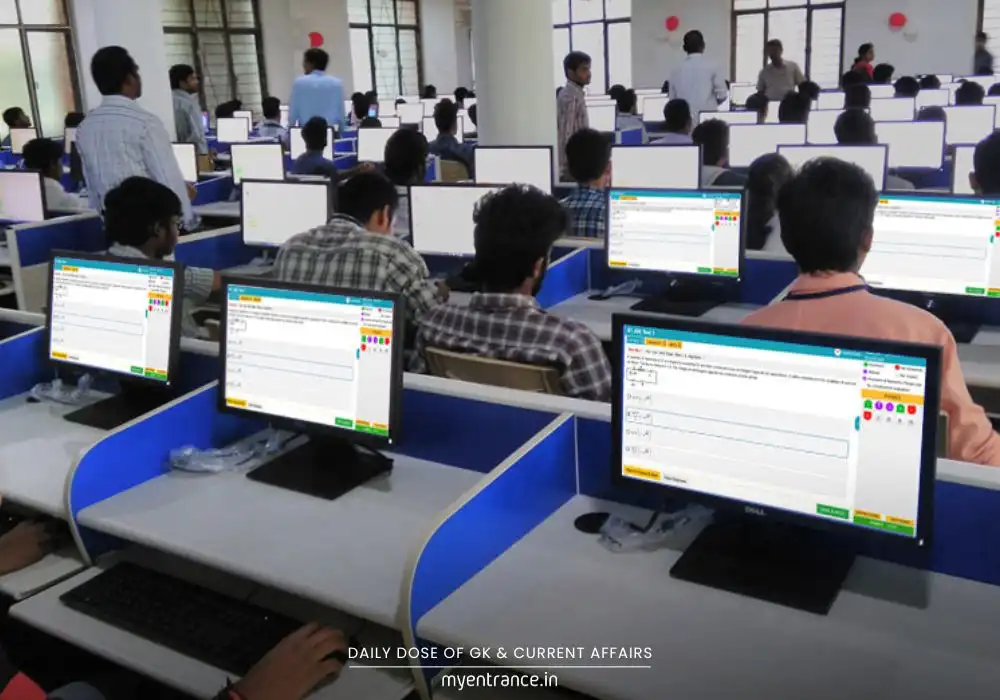Translate Language
Rajendra Chola’s 1000-Year Legacy: How a Sea-Conquering Emperor Redefined Indian History
The Chola dynasty’s naval dominance and architectural marvels are resurfacing in national discourse after PM Modi’s visit to Gangaikonda Cholapuram. With competitive exams increasingly focusing on India’s maritime history, Rajendra I’s legacy offers critical insights. This deep dive decodes his empire-building genius for exam success.
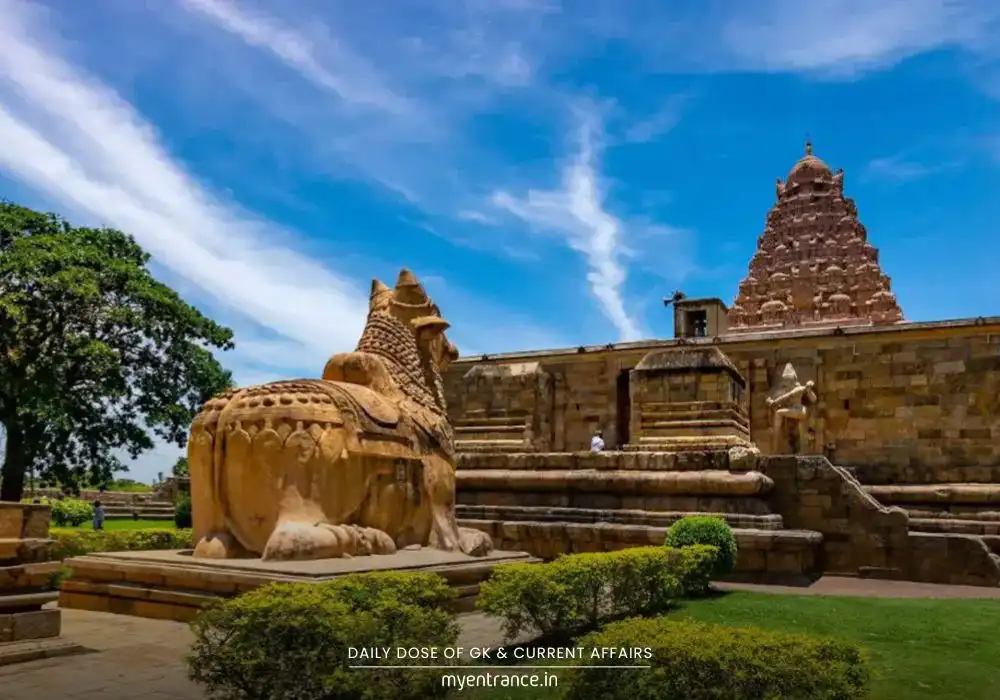
The Phoenix Dynasty
Imagine a kingdom rising from near-obscurity to dominate South Asia – that’s the Chola story. While Ashokan inscriptions first mention them in the 3rd century BCE, their true golden age began when Vijayalaya Chola revived the dynasty in 850 CE. From a small base near Thanjavur, his successors swallowed the Pandya and Pallava lands, setting the stage for history’s most extraordinary father-son duo.
Rajaraja I: The Architect of Ambition
Crowned in 985 CE, Rajaraja I (born Arulmozhivarman) didn’t just inherit a kingdom – he rebuilt it. His military blueprint was revolutionary:
Crushed the Cheras in Kerala, securing the Malabar coast
Annexed northern Sri Lanka, replacing Buddhist viharas with Shiva temples
Forged India’s first standing navy to control trade routes
His masterstroke? The Brihadeeswarar Temple – not just a spiritual center but an administrative HQ with 100+ inscriptions tracking land grants and taxes.
Rajendra I: The Game-Changer
When Rajendra took the throne in 1014 CE, he didn’t just maintain an empire – he multiplied it. His signature campaigns reveal strategic brilliance:
The Northern Expedition: Marched 1,600 km to defeat Bengal’s Pala king Mahipala, symbolically bringing Ganges water south.
Naval Supremacy: Launched India’s first recorded transoceanic invasion, conquering Srivijaya (Sumatra) to control the Strait of Malacca.
New Capital Vision: Built Gangaikonda Cholapuram as “the Chola answer to Delhi,” complete with a Shiva temple rivaling his father’s.
Historian Nilakanta Sastri rightly noted: “Rajendra wielded the Chola Empire into Hinduism’s most respected state – with territories from the Ganges to the Java Sea.” Their secret? Granular administration:
Nadu (district councils) handling local governance
Ur (village assemblies) managing land transactions
Nagarattar (trade guilds) boosting maritime commerce
Why the Cholas Still Amaze Us
By 1050 CE, their empire stretched from the Godavari to the Maldives – a feat powered by bronze-casting technology, tank irrigation systems, and meticulous revenue records. Recent excavations of Chola-era shipyards underline why UNESCO calls them “India’s first globalizers.”
Why This Matters for Your Exams
UPSC/KAS: Directly linked to GS Paper-I (Art/Culture/History) – particularly Chola architecture, land grants (brahmadeya), and naval campaigns.
SSC/PSC: High probability for Medieval India sections; 2023’s Kerala PSC asked about nadu administration.
Thematic Relevance: Showcases early Indian federalism (local self-governance), naval heritage (Act East Policy parallels), and cultural diplomacy (Southeast Asian influence).
Current Affairs Hook: PM Modi’s 2023 visit and the 1000-year anniversary make this a “sure-shot” topic.
Questions & Answers
Q1: How did Rajendra Chola’s northern campaign reshape India’s geopolitical map?
A1: His defeat of the Pala dynasty extended Chola influence beyond the Deccan for the first time, enabling cultural exchange between South and East India while demonstrating unprecedented military reach.
Q2: Name three administrative innovations documented in Chola temple inscriptions.
*A2:
Local governance through Nattar (district representatives)
Tax-free Devadana villages for temple maintenance
Merchant arbitration by Nagarattar trade guilds*
Q3: Why was control over Srivijaya crucial for the Chola economy?
*A3: Srivijaya controlled the Malacca Strait – the world’s busiest trade choke-point in the 11th century. Dominating it allowed Cholas to tax Chinese-Arab shipping and monopolize spice exports.*
Q4: What distinguishes the Gangaikondacholapuram temple from the Brihadeeswarar complex?
*A4: While both are Dravidian marvels, Gangaikondacholapuram features:
A 55m vimana (tower) with concave contours
Sculptures depicting Rajendra’s conquests
A sanctum designed to store Ganges water*
Q5: How did Ur assemblies empower common citizens in Chola society?
*A5: The Ur allowed land-owning non-brahmins to:
Oversee village land sales/purchases
Manage communal resources like tanks and forests
Represent grassroots interests to royal officers*
Pro Tip for Aspirants: Focus on comparative analysis (e.g., Chola vs. Mughal administration) and current links (e.g., “Chola naval model” in India’s SAGAR Doctrine). Recent excavations at Gangaikonda Cholapuram could yield future exam questions!
Get 3 Months Free Access for SSC, PSC, NIFT & NID
Boost your exam prep!
Use offer code WELCOME28 to get 3 months free subscription. Start preparing today!

